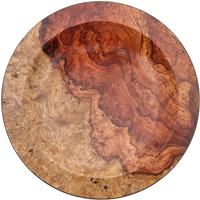So since I posted this I've been wondering how I could confirm any of my speculations about wood ash making a cement and tobacco ash not. Because theories are great but some sort of hard evidence would be nice. Luckily a simple test popped into my head today.
So geologists have been using a simple field test for identifying limestone for more than 100 years. This test is called them acid test. What you have to do is drop a drop of acid onto the rock and if it bubbles it is limestone and if it doesn't its not. This because acid reacts with (and dissolves) calcite which is what limestone is made of. This also happens to be how acid rain wears away limestone statues and buildings over the years. Calcite is also know as calcium carbonate which is what cement is (remeber limestone is one of the major ingredients of cement). So this same test should he able to disinguish cement from non cement.
Basically, I'm going to make 3 balls, one from pipe ash, one from cigar ash, and one from wood ash. Then, I'll drop some acid on each and see if they bubble. If it bubbles it confirms that the ball is made from a calcium carbonate cement.
I'll give this a shot with household acids (lemon juice or vinegar) and if that doesn't work I'll take it to my lab and try some stronger acids.
So geologists have been using a simple field test for identifying limestone for more than 100 years. This test is called them acid test. What you have to do is drop a drop of acid onto the rock and if it bubbles it is limestone and if it doesn't its not. This because acid reacts with (and dissolves) calcite which is what limestone is made of. This also happens to be how acid rain wears away limestone statues and buildings over the years. Calcite is also know as calcium carbonate which is what cement is (remeber limestone is one of the major ingredients of cement). So this same test should he able to disinguish cement from non cement.
Basically, I'm going to make 3 balls, one from pipe ash, one from cigar ash, and one from wood ash. Then, I'll drop some acid on each and see if they bubble. If it bubbles it confirms that the ball is made from a calcium carbonate cement.
I'll give this a shot with household acids (lemon juice or vinegar) and if that doesn't work I'll take it to my lab and try some stronger acids.












